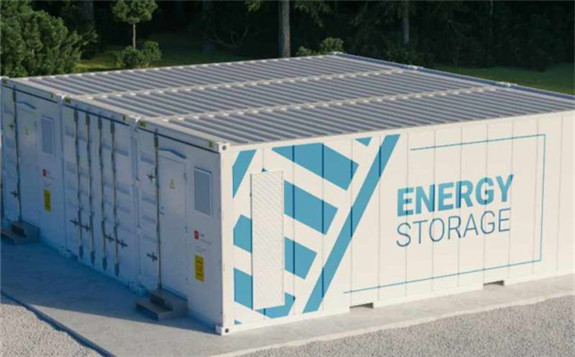The global molten salt thermal energy storage market is expected to reach a market size of $1,743.663 million in 2026, up from $629.969 million in 2019.

The latest report from ResearchAndMarkets.com, Molten Salt Thermal Energy Storage Market – Forecasts from 2021 to 2026, predicts a compound annual growth rate of 15.65% over the forecast period.
The main factors responsible for the growth of the market are an increase in energy consumption, government initiatives to drive renewables uptake, as well as the decrease in the cost per kilowatt for the storage of energy.
According to the report, the deployment of renewable energy technology in many markets decreased at the start of 2020 by policy uncertainty, lack of funding and COVID-19. However, it is estimated that in 2021, the economy will be revived and many delayed projects will resume driving technology growth.
In the case of concentrating solar power (CSP) technologies, in both central receiver direct-storage plants and parabolic trough indirect-storage plants, molten salt is commercially used. CSP is considered to be a strong factor driving growth in this market.
Key regional developments
According to the research, the Asia Pacific region, with China and India leading the market, will be dominating the molten salt thermal energy storage market.
China is one of the largest users of molten salt thermal energy storage systems. In 2019 China accounted for half of the global newly installed concentrated solar power capacity.
Botswana’s government has announced a plan to build 200MW of CSP capacity by the year 2026.
Coupled with research in the sector, the US and Europe have developed self-aligning heliostat technology which will help boost the performance and reduce the CSP costs. This will in turn stimulate market growth in these regions.
Molten salt is 33 times cheaper when compared to lithium-ion batteries. A shift to molten salt technology is likely to be spurred by the growing environmental concerns associated with li-ion batteries.